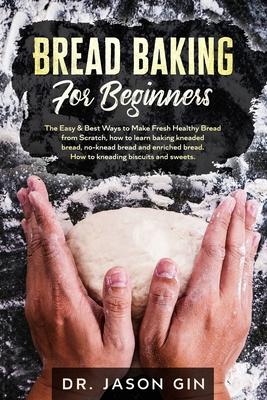Bread is available in a variety of bread - whole meal bread, baguette, black bread, white bread or rye bread, to name but a few. But what exactly makes good bread? Where does the bread come from? What are its ingredients? How is good bread baked? And how can you store it so that it stays fresh for a long time and does not taste stale?
Good bread: crunchy on the outside, juicy on the inside Good bread can be recognized by a variety of factors: A good bread smells good. Pleasant and, depending on the variety from fruity to spicy, mild to slightly acidic, it should smell. It also tastes without spread or toppings. Even if it is not consumed on the same day, it still tastes after a few days.
The crust should crackle slightly after baking. As it cools, it contracts and forms fine cracks in the crust, which stretch across the bread like a net. This is a quality feature for bread. The crumb is the inner life of bread. It should be juicy but equally elastic. The elasticity can be tested by pushing in with the finger. If the bread returns to its original position, that is a good sign.
If you could, you would eat homemade bread every day. Who wouldn't? It's healthier; it's cheaper; it's fresher; and it's just plain better. When you bake your own bread you get to control everything that goes into this primary staple; you have the comfort of knowing exactly what each ingredient in it is and how your bread was handled every step of the way.
Everyone has fond memories of both the taste and the smells of homemade bread. So why don't we just go homemade?
The reasons are obvious. Making traditional homemade bread is time consuming. It's a laborious, messy process that we just plain don't have enough time in our busy modern lives for...maybe once in a while as a treat, as a nice addition to dinner, but as an everyday staple, an everyday diet item, no one has the time to keep up with real homemade bread.
The trick to being able to regularly and reliably make your own homemade bread lies in a few things:
- having the right tools for the job (namely, a good stand mixer)
- having a simplified process that takes the major work out of bread-making to make it manageable
- having reliable recipes you like, that fit the requirements in this book
This book gives a comprehensive guide on the following:
- Introduction to the Baking Process
- The Process Of Making Bread:
- How Is Bread Formed?
- No-Knead Breads
- Kneaded Bread Recipes
- Other Bread Recipes
- Keto Breads Recipes
